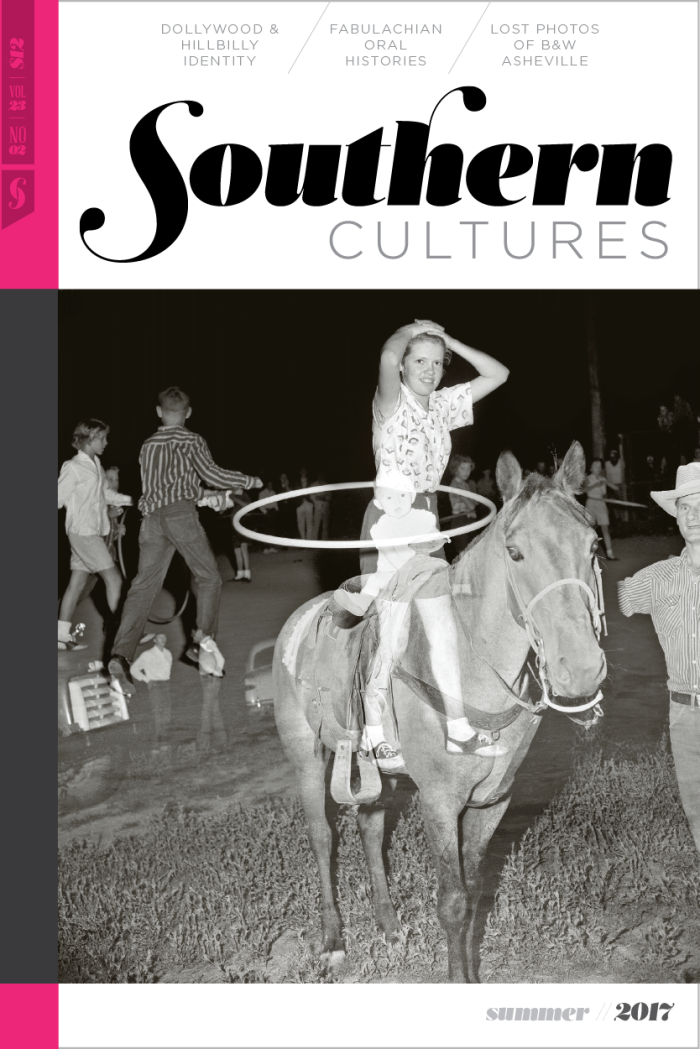“‘It's so easy for us today to look back and think of things as black and white, cut and dry. I try to remind everybody . . . that the relationships that formed at McLeod, and on any other plantation site, were just as complex and dynamic as the personal relationships that each of us have today.’”
On April 25th, 2015, the Charleston Country Parks and Recreation Commission (CCPRC) officially opened the McLeod Plantation Historic Site (MPHS) on James Island, South Carolina. At first glance, the site appears to have the usual trappings of other plantation tourist destinations in the region: a Spanish moss-draped oak alley leading to the antebellum “big house,” guided tours that wind through a rustic landscape dotted with plantation outbuildings, interpretive signs, and a gift shop. Yet there is an important distinction between McLeod and its contemporaries: under the ownership and management of the CCPRC, McLeod has become the first public plantation site in the Charleston region that is primarily dedicated to preserving and interpreting African American history. Writing its public history program, “The Transition to Freedom,” the CCPRC offers guided African American history tours along an interpretive pathway that includes exhibits at the plantation’s six slave cabins, a large cemetery, gin house, barn, kitchen, dairy, and “main house,” as well as a mobile tour application through which visitors can access an interactive self-guided tour of the site.


